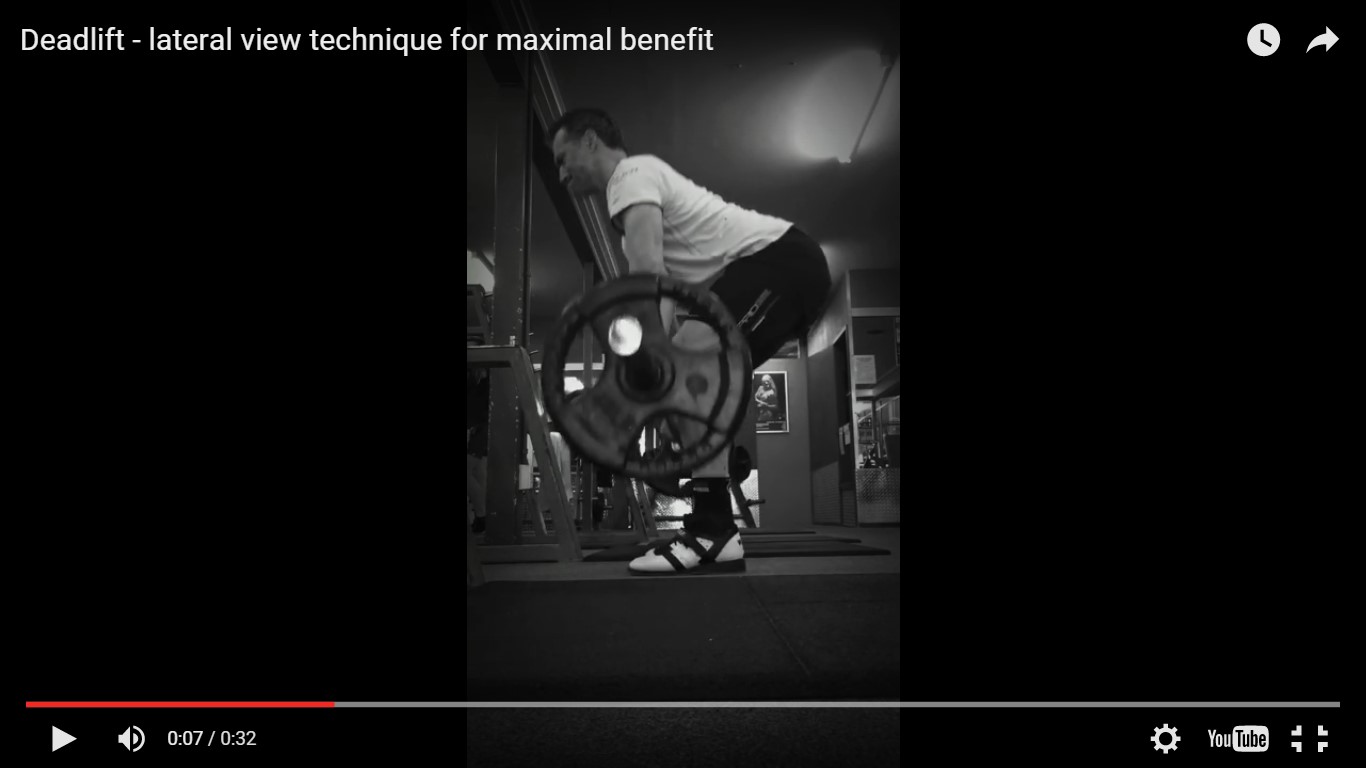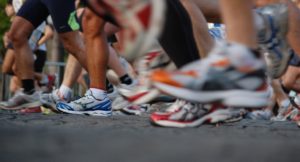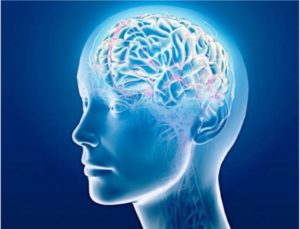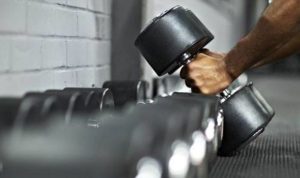The standard Deadlift is one of the best exercises available to develop many of the largest and strongest muscles in the body and is essential to any resistance or strength training program. It is one of the few standard weight lifting exercises in which the start of the movement begins with ‘dead’ weight. The Deadlift is a fantastic exercise for anybody over 40, provided it is performed correctly with good technique and with proper progression. It is a compound movement that stimulates many different muscle groups and provides excellent weight-bearing loads to several critical joints in our body. For more information on the basics of the Deadlift please see here.
How to do the Deadlift and key things to remember
Standard Deadlift: This exercise can be broken down into three parts.
- The setup;
- The pull or drive;
- The lockout.
The Setup:

- During the set-up the gluteus maximus and minimus (glutes/buttocks), quadriceps muscle group (thigh), all muscles of the hamstring group and the triceps surae (calf) will be eccentrically loaded.
- The erector spinae muscles (lower back) and assisting core muscles will contract isometrically to stabilise the spine.
- The bar should be resting against the lower tibia or shin bone.
- To maximise recruitment of the lower body musculature – for general purposes and sports specific training – I would suggest that there be sufficient knee flexion at set-up so that both hip and knee extensors are both major contributors during the Deadlift. Too many do this exercise with too little knee flexion thereby making it predominantly a hip dominant movement rather than a hip and quad combined movement. This advice is not applicable to powerlifting with less knee flexion used for competition.
- Hip-to-shoulder body angle in relation to the floor (or horizontal) should be somewhere between 20° to 40°. This can be varied depending on the load desired on the hip dominant or quad dominant muscles. Generally speaking, reducing this angle will place more stress or load on the hip dominant muscles (glutes) by increasing the leverage and length of these muscles.
- The bar can be gripped either between or on the outside of the legs. Most standard Deadlifts however will have the bar gripped on the outside of the legs.
- Hand grip can be pronated (palms facing legs) or an alternative grip with one hand pronated and one supinated (palm facing away from body) being also popular. For heavier lifts most will use the latter grip mentioned above as this will synergistically create better upper body stability and linkage to the lower limbs during the move.
- The scapulae need to be retracted or depressed with the shoulders held firmly in place so that the load is distributed via the lats and erectors. The idea is that the linkage between where the hands grip the bar and where the feet contact the floor remains at greatest tension so that the forces generated can be translated efficiently.
Drive:
- The highest amount of force is produced during the drive phase.
- The key movement concept to think about when commencing the Deadlift is not to “push up” but rather to “push away”. So when you initiate the movement imagine you are pushing the floor away from your feet with the body virtually staying in place.
- During this initial drive phase which finishes just around the knee, the upper body angle should stay the same.
- The movement of the bar from the floor to the knees should be mainly achieved by the recruitment of the glutes, quads and hamstrings.
- The spinal column should stay straight. To the naked eye from an observer, the spinal curves at lumber, thoracic and cervical sections should look the same or remain neutral as they would appear if you were standing erect.
- From the lateral view, the knees should approximately fall over the feet and as the drive phase is carried out the knees will slightly move behind the feet.
- By driving through the floor with flat feet and unhinging at the hips and knees, the bar should travel very close to or in fact scrap the tibia or shin bone all the way up to the knee. You may require some tights, long socks or something to cover the lower legs as once the technique is mastered (if you are using an Olympic bar with a roughed surface) you may otherwise take skin off and possibly bleed. This is a good sign that the bar is travelling along the correct path if all else is being performed well.
- Safety for this exercise is primarily based on ensuring that correct technique is developed before progressing the weight up. If sufficient knee flexion is utilised for the standard Deadlift with the drive phase being completed with the upper body angle constant with neutral spinal alignment held, lumbar load and integrity is maintained.
- Performing the valsalva manoeuvre (see here) also assists in stabilising the bodily structures and core during the whole femoral-lumbopelvic movement.

Lockout:
- The lockout phase for FitGreyStrong followers commences from the knees to the standing upright position.
- Following the drive from the floor to the knees, the upper body angle now changes from the 20° to 40° that was held for the drive phase.
- From this point you are now trying to stand upright. To do this, once the bar has cleared the patella or is just above the knees, driving or thrusting the hips forward whilst attempting to stand upright is the movement concept to be thinking. This is where the glutes, hamstrings and erectors are required to work in unison to complete the Deadlift.
- There is still some knee extension left to complete so the quads will still be required to contract forcefully in sync with the primary contraction of the glutes, hamstrings and erectors to complete the entire movement.
- The core musculature (abs, obliques, TA) and supportive muscle such as the lats are needed to be held tight and strong so that the prime movers can work optimally.
- The bar should finish resting fully against the upper quads with the thighs and hips fully extended, arms extended, shoulders back and head in normal position and eyes looking forward.
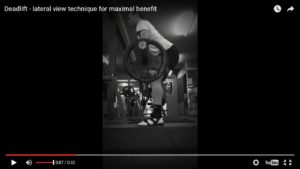
Lowering the weight:
- Lowering from the lockout position does not have to but can mirror the concentric stand-up movement of the Deadlift. This is an individual’s preference.
- FitGreyStrong’s recommendation would be to slide the bar down against the quads, over the knees and down the tibia/shin bone until you can return it to the floor.
- The spinal alignment and maintenance of correct form as outlined above would still be imperative and will, in general, minimise risk of injury.
- Knee and hip flexion would be gradually increased as one lowers the bar toward the ground.
Final comments:
The standard Deadlift is one of the very best resistive-based exercises available in the gym setting for anybody of any level of fitness or anyone of any sporting background wanting to increase full-body strength for performance enhancement. If you haven’t tried this exercise before make this one of your top priorities to learn and master; it will pay huge dividends irrespective of what you are trying to achieve.
